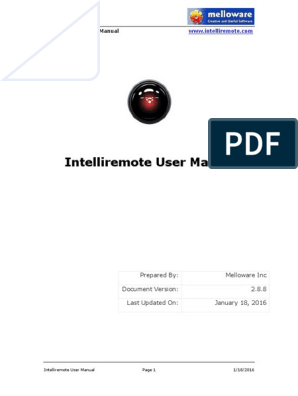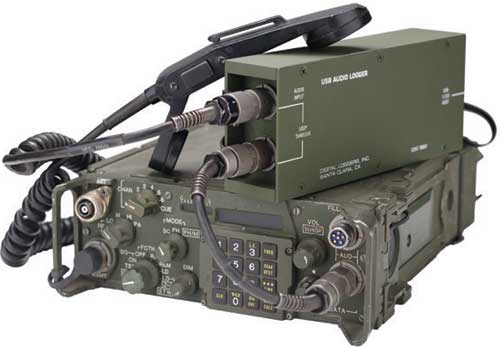Microsoft Remote Control and Receiver for Windows Media Center with Manual. $10.90 shipping. Ending Aug 8 at 2:16PM PDT 9d 7h. OEM Microsoft Windows MCE Media Center remote control and IR USB receiver. Make Offer - Microsoft Remote VRC-1100 Windows Vista MCE PC Remote Control. Microsoft Windows Media. Remote using the codes on the back of this manual, follow the steps below to search for your code: 1. Turn on your device. 2.Press and hold and the appropriate device key ( ) until all the device keys blink twice. Device key you selected in step 2 blinks twice. Point the remote towards.
The VRC-1100 Ortek Vista MCE Remote is an inexpensive media center remote control that is bought at various retailers online. This remote includes a built in mouse. Out of the box everything seems to functions except programming the buttons can be kind of a pain, as it is detected as a wireless keyboard and mouse and is not detected by lircd, if you want to get this remote detected in lircd then read on.
There are two sets of instructions here. The first set gets the remote control working using `lircd`, the second set makes use of `inputlircd`, which has some advantages / disadvantages. For an alternate setup which does not use lirc, see Adesso ARC-1100 which is a rebranded clone of the Ortek VRC-1100.
- 1lircd setup
- 1.3Issues
- 2inputlircd setup
lircd setup
The pages that helped me get this remote working were from [1], [2], and [3]
I wrote this as the information to get this working was a little scattered and outdated, if you follow these instructions your ortek remote will be recognized by lircd and MythTv however a few buttons still dont work. See the issues at the bottom of this page.
Getting Lircd to see it
1.First we need a different version of lircd.conf so backup your original
then download this version that has been made to work with devinput
then copy this over the old version (make sure you back it up incase you need it latter on
2.Now your going to need to know what devices your remote uses, there should be twoso in a console type
the output will be something like
you need to scroll the list looking for your remote this is identified by the 'N: Name='HID 05a4:9881'' line.
If you cant find '05a4:9881' then type in a console
and find your ortek remote mine is shown below
once your have the identifier number redo the 'cat /proc/bus/input/devices' like above
3.Ok so once you have identified your devices from 'cat /proc/bus/input/devices'you need to find the 'P: Phys=' line. From my example above the lines im looking for is

4.now we have are device phsical addess, now its time to configure our hardware.conf. If you are running ubuntu and installed lircd with apt-get then your hardware.conf will be located at '/etc/lirc/hardware.conf'
now you will need to make you hardware.conf look like the followingbut be sure to change the 'REMOTE_DEVICE=' line to reflect what you got from above
now restart lircd
now type irw in a console, on some systems you might need to specify the socket '/dev/lircd' this will be in hardware.conf under the 'REMOTE_SOCKET= line
or
Press some buttons on your remote and you should see some output
if not then something else is wrong with your setup, go back and make sure you have followed the instructions
5.So now if lirc has succefully recognized your remote (verified by using irw) all that is left to do is generate key mapping for mythtv
you could do this by running, but read below.
but it has some bugs (you should try mine below), it miss's some keys and makes duplicates
I tried this but then I ended up editing the completed file almost entirely, this is what I ended up with.
My lircrc file
Vrc-1100 Remote Codes
This file needs to be placed in the file '/.lirc/mythtv' located in the home directory of the user that mythtv runs under. Just look around for a folder named '.lirc' (the period means its a hidden folder) that contains some files named mythtv, mplayer, xine, vlc, and so on, if you dont have a '.lirc' folder anywhere then create it. Then create the mythtv file inside of it(you can place application specific files within this folder) and paste in the contents below. You will need to add the following line to ~/.lircrc: 'include ~/.lirc/mythtv'. Create ~/.lircrc if it does not already exist.
Vrc-1100 Remote Manual
Feel free to edit this file how ever you want it pretty simple,the remote = line is the driver listed in irw, the last part when you press a buttonbutton = is what key was pressed on the remoteconfig = is what key to send to mythtc this can also contain combos like CTRL+R and ALT+Esc, besure to capitalize the CTRL and ALT parts
This file isnt 100% Please read the issues at the end, if you know how to fix any of these problem the please edit this wiki.
Issues
A couple problems I'm still having with this remote is some of the buttons still don't work, although it is better than what it was before.
- Info button is not detected at all
- Some button cannot be assigned in mythtv because they send multiple keypress' to mythtv, button they have this problem are
- Start button
- Pound button
- Blue, Red, and Green
Example of issueWhen start button is pushed
each of these buttons are sent to lircd as if they where pushed individually
Note: For buttons which generate multiple keypresses, you can still get lircd to handle those and map them to single keyboard events - like this:
I did this for other programs rather than MythTV, but I think it should work the same in principle. There's also the inputlircd approach achieves this as well.
I do not take credit for this im just simply putting it somewhere that is easy to find, as it took me awhile to find this info, also this is my first wiki entry ever so please forgive any errors
XF86Audio<action> buttons
The XF86Audio buttons are not added at this point in time. These can be made available by using xmodmap. An example can be found in the Gyration-based MCE Remotes entry.
inputlircd setup
Comparison to lircd setup
I initially set up my MythBox to use lircd directly. This worked fairly well - however, I wanted to get the remote control working with XBMC following instructions here, which suggests using inputlirc. After experimenting with it for a bit, I decided that I preferred to use inputlircd instead.
Disadvantages? Using inputlircd seems to stop the mouse control button from working. I'm not sure there's anything that can be done about that.

Advantages? It combines multiple keypresses together (for the coloured keys, for example). The Info button also gets picked up (it generates the same event as the right mouse click button).
Configuration
You just need to follow these instructions; specifically the first two sections ('UDev rule' and 'Lirc installation').
In my experience on getting this to work on my Xubuntu 11,10 box, there were a few differences from these instructions (YMMV):
- lircd recognises my devices as /dev/input/irremote0 rather than irremote0. When you run 'irw', you should be able to find out what name that 'lircd' uses for it.
- Restarting some services didn't work as expected initially - running irw seemed to fail initially, and I had to restart to then get it working.
I haven't got a full lircrc file which takes advantage of the extra buttons yet - you can still use the file mentioned above, and do a find/replace changing 'devinput' to either 'irremote0' or '/dev/input/irremote0' (which is what I'm currently doing). I'll add an updated lircrc file later.
Example configuration
This is a commented version of the lircrc file which describes all the buttons on the control in order. The keypresses defined in this file correspond to the event names emitted by inputlircd. I've laid out the configuration to make it easier to customise if you want to change what the keys map to.